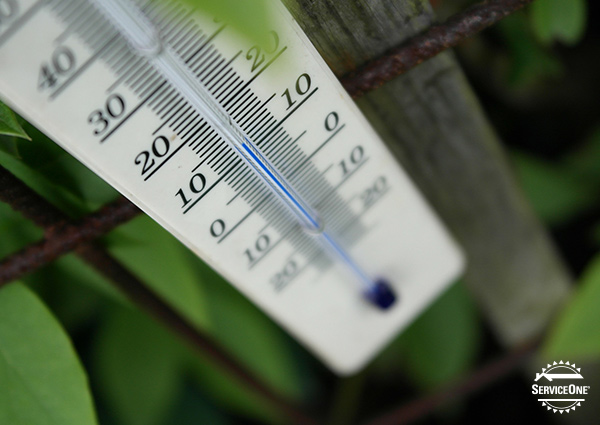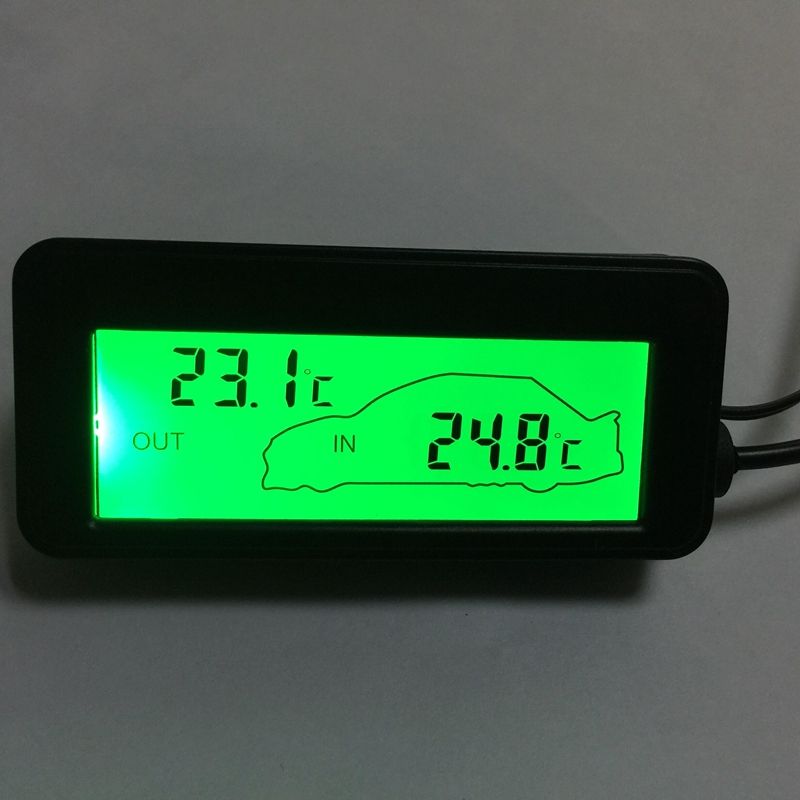


Minimal-risk high temperatures range from about 21–30 ☌ (70–86 ☏) depending on the region, with maximum acceptable temperatures between 25–32 ☌ (77–90 ☏). The recommendation regarding risk of exposure to high indoor temperatures is only "conditional". The WHO's 2018 guidelines give a strong recommendation that a minimum of 18 ☌ (64 ☏) is a "safe and well-balanced indoor temperature to protect the health of general populations during cold seasons", while a higher minimum may be necessary for vulnerable groups including children, the elderly, and people with cardiorespiratory disease and other chronic illnesses. Temperatures lower than 16 ☌ (61 ☏) with humidity above 65% were associated with respiratory hazards including allergies. For infants, elderly, and those with significant health problems, a minimum 20 ☌ (68 ☏) was recommended. The World Health Organization in 1987 found that comfortable indoor temperatures between 18–24 ☌ (64–75 ☏) were not associated with health risks for healthy adults with appropriate clothing, humidity, and other factors. In the recent past it was common for house temperatures to be kept below the comfort level a 1978 UK study found average indoor home temperatures to be 15.8 ☌ (60.4 ☏) while Japan in 1980 had median home temperatures of 13 ☌ (55 ☏) to 15 ☌ (59 ☏) Health effects Ī digital thermometer reading an ambient temperature of 36.4☌ (97☏) in an unventilated room during a heat wave a high indoor temperature can cause heat exhaustion or heat stroke in a person. Some studies have suggested that thermal comfort preferences of men and women may differ significantly, with women on average preferring higher ambient temperatures. Owing to variations in humidity and (likely) clothing, recommendations for summer and winter may vary a suggested typical range for winter is 23–25.5 ☌ (73–78 ☏), with that for summer being 20–23.5 ☌ (68–74 ☏).

The ideal room temperature may vary by place and culture studies from Nigeria show a comfortable temperature range of 26–28 ☌ (79–82 ☏), comfortably cool 24–26 ☌ (75–79 ☏) and comfortably warm 28–30 ☌ (82–86 ☏). The American Heritage Dictionary of the English Language identifies room temperature as around 20–22 ☌ (68–72 ☏), while the Oxford English Dictionary states that it is "conventionally taken as about 20 ☌ (68 ☏)".


 0 kommentar(er)
0 kommentar(er)
